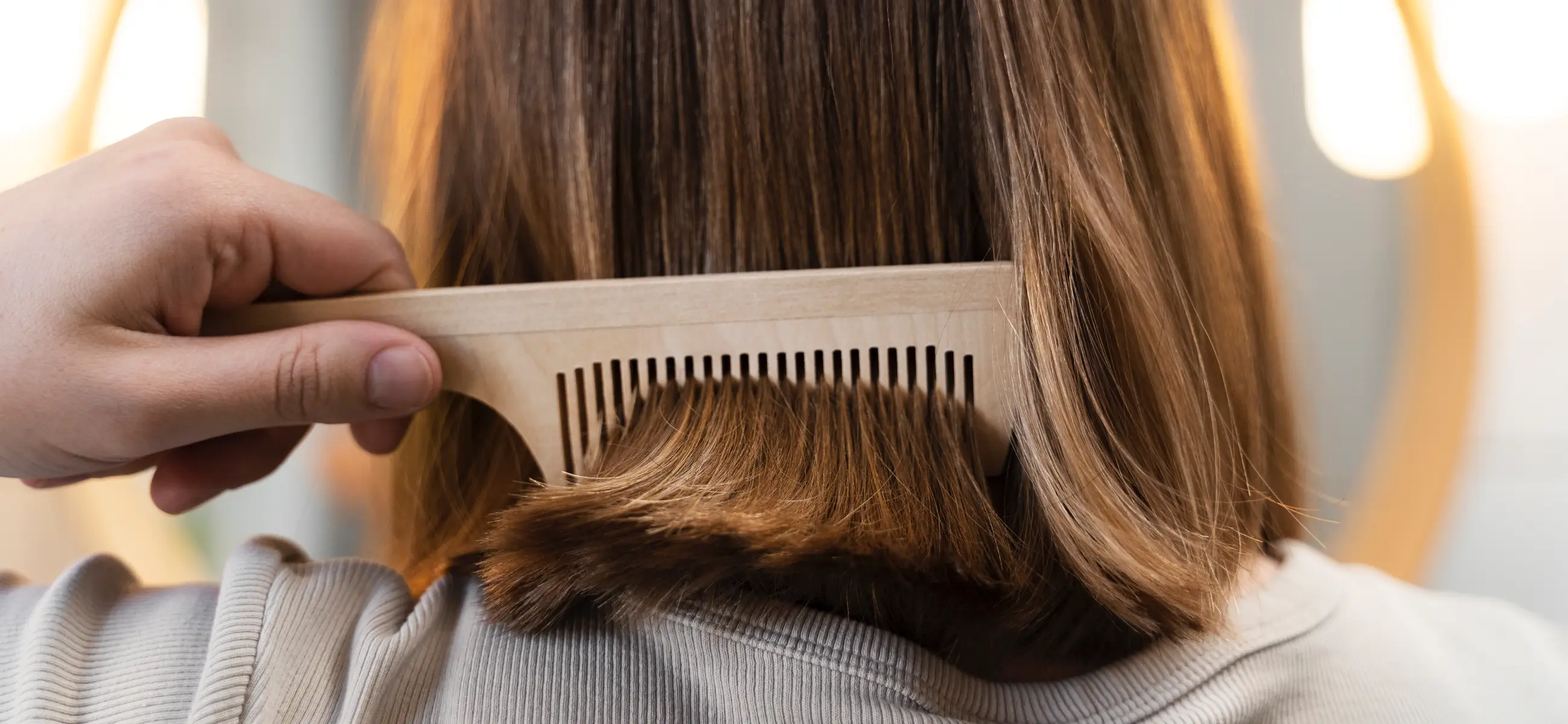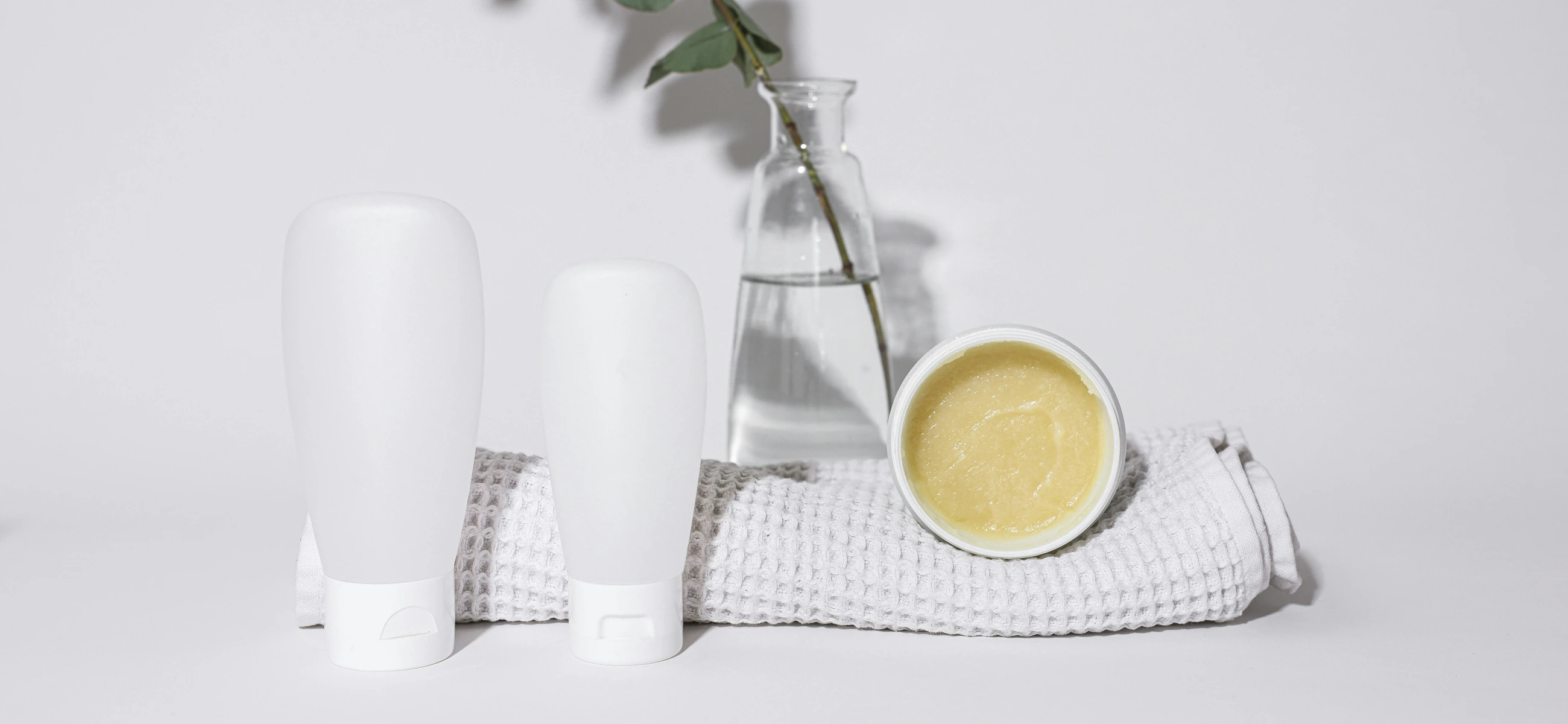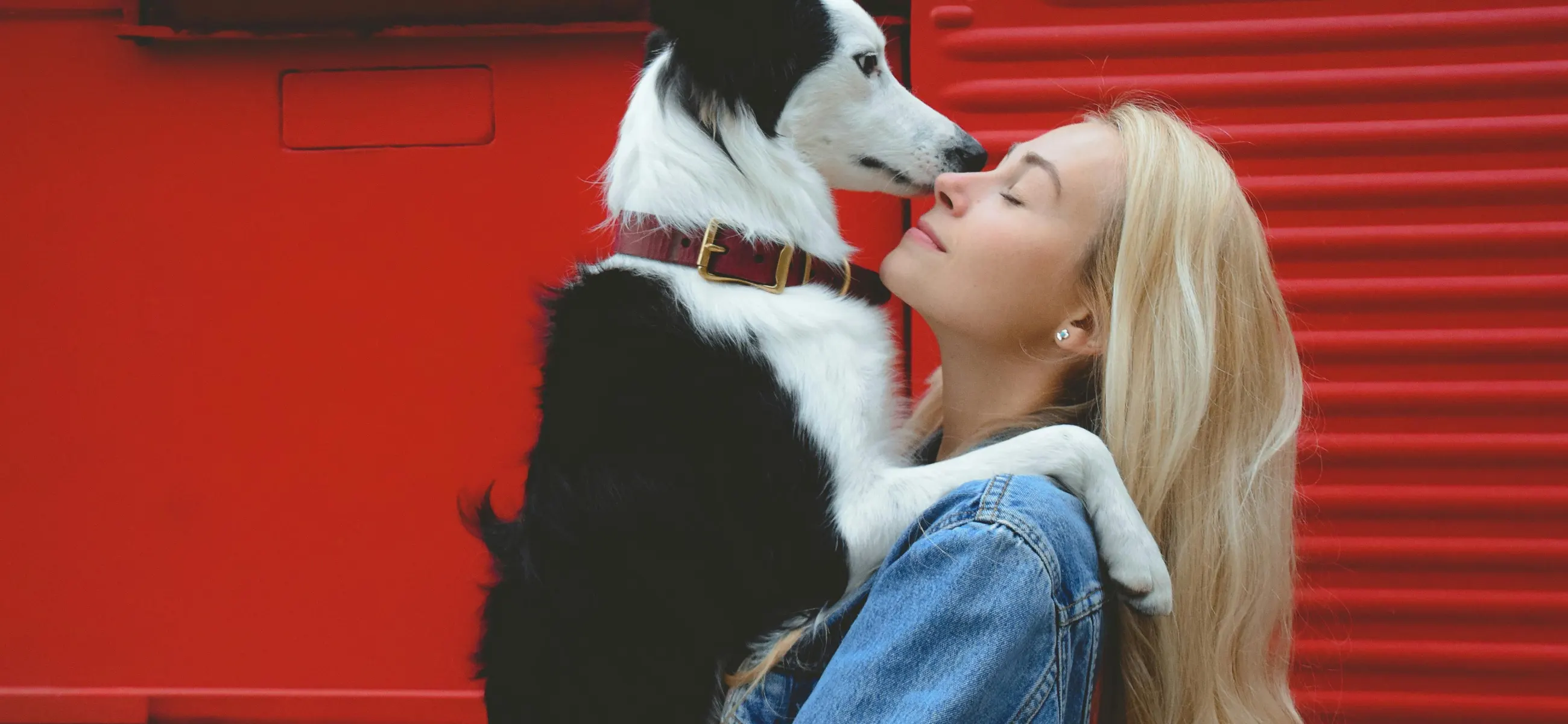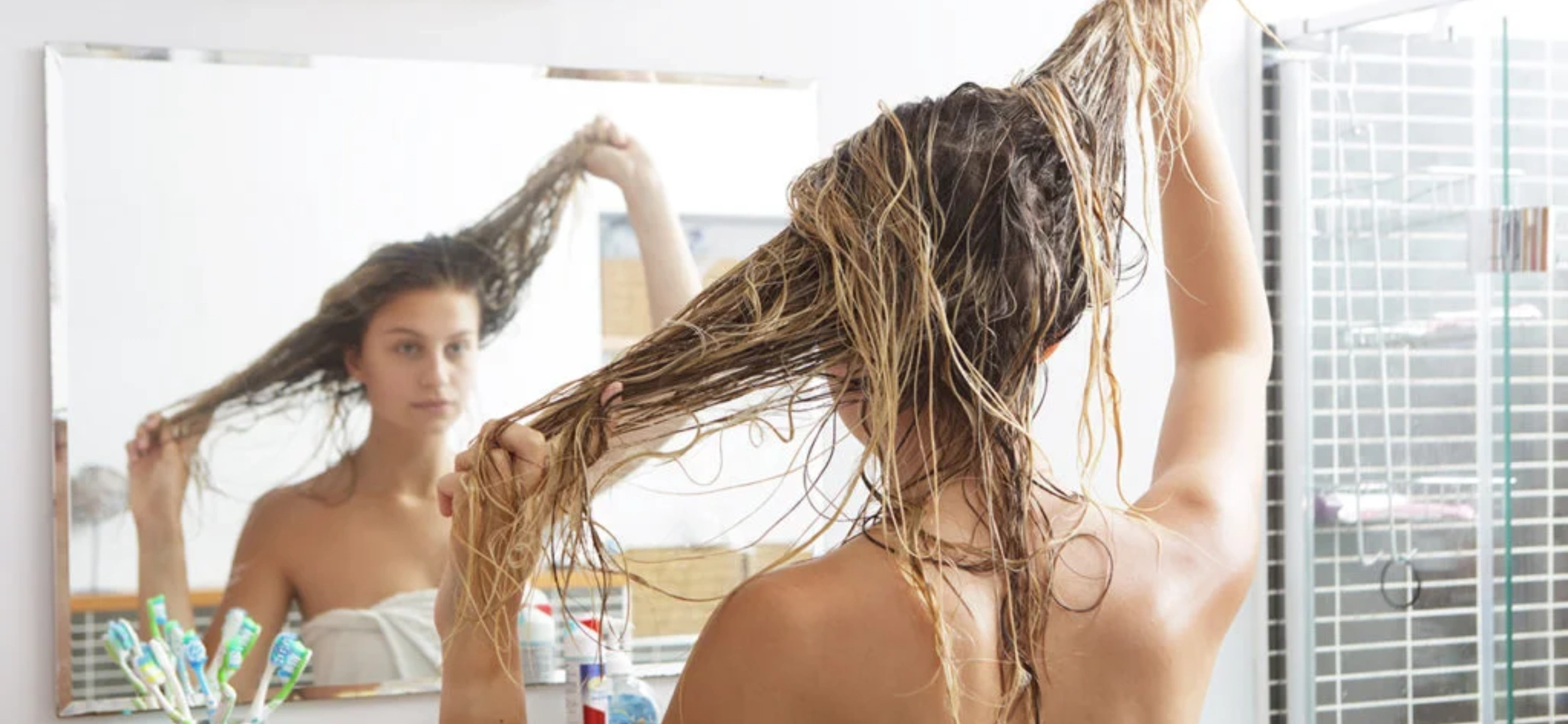Split ends and hair breakage are prevalent issues that can make your hair look frizzy and unhealthy. These problems arise when the protective outer layer of the hair cuticle is compromised, bringing about the hair to split and break. Common culprits include excessive heat styling, chemical treatments, vigorous brushing, and environmental factors like sun exposure and pollution.
I’ll share some of the best ways to avoid split ends and hair breakage, aiding you maintain healthy, strong, and beautiful hair. These tips will provide practical solutions to keep your hair in excellent condition.
How to avoid split ends in hair?
Firstly, combine slight hair care practices into your routine. One of the most effective ways to prevent split ends is by minimizing the use of heat styling tools like blow dryers, curling irons, and straighteners. When you do need to use these tools, always apply a heat protectant spray or serum to create a barrier that reduces heat damage. When you are choosing a hair dryer, our Laifen Swift negative ionic high-speed, low-noise, thermo-control blow dryer is one of the best options.
You should allow your hair to air dry whenever possible and clasp natural hairstyles that don’t require heat. Methodical trims are also essential; getting your hair trimmed every 6-8 weeks helps remove any developing split ends before they can worsen and travel up the hair shaft.
Here comes the next one. Proper moisture and conditioning are key to preventing split ends. You can use a good quality conditioner after every shampoo to keep your hair hydrated and manageable. Deep conditioning treatments or hair masks should be used at least once a week to provide extra nourishment and strength.
When detangling, opt for a wide-tooth comb or a brush with soft bristles, and start from the ends, working your way up to avoid unnecessary pulling and breakage.
How to avoid split ends after haircut?
- After getting a haircut, you need to avoid split ends is to keep your hair well-moisturized. It’s a good ides to use a high-quality conditioner every time you wash your hair to keep it hydrated and manageable.
- In addition to proper moisturizing, when detangling your hair, use a wide-tooth comb or a brush with soft bristles, starting from the ends and working your way up to prevent unnecessary pulling and breakage.
- Limit the use of heat styling tools such as blow dryers, curling irons, and straighteners, as excessive heat can weaken the hair and lead to split ends. If you must use heat, always apply a heat protectant spray or serum to shield your hair from damage.
How to avoid split ends without trimming?
First, focus on maintaining your hair’s natural moisture balance. Apply conditioners and hair serums into your daily routine to provide continuous hydration and protection. These products create a barrier that reduces friction and damage, particularly if you have dry or brittle hair.
Reducing mechanical damage is another key aspect. Be mindful of how you handle your hair throughout the day. Avoid tight hairstyles that can cause stress and breakage at the roots and ends. Choose loose braids or buns, and use hair ties that are gentle on your hair, such as those made of fabric or covered with soft material.
Try to limit the number of times you wash your hair per week, as over-washing can strip your hair of its natural oils, leading to dryness and split ends. When washing, use lukewarm water instead of hot, as hot water can further dry out your hair.
Environmental protection is also evident. Shield your hair from harsh environmental conditions by wearing a hat or scarf when exposed to the sun for extended periods. UV rays can weaken the hair shaft and contribute to split ends. Similarly, if you swim in chlorinated pools or the ocean, make sure to rinse your hair thoroughly afterward and use a protective leave-in conditioner to minimize damage.
How to avoid split ends in curly hair?
Curly hair is naturally more prone to dryness and breakage, so use a wide-tooth comb or your fingers to detangle, starting from the ends and working your way up, preferably when the hair is wet and coated with conditioner.
You have to avoid heat styling tools as much as possible; instead, let your curls air dry or use a diffuser on a low heat setting with a heat protectant.
You can protect your hair while you sleep by using a silk or satin pillowcase or wrapping your hair in a silk scarf to reduce friction and prevent breakage.





